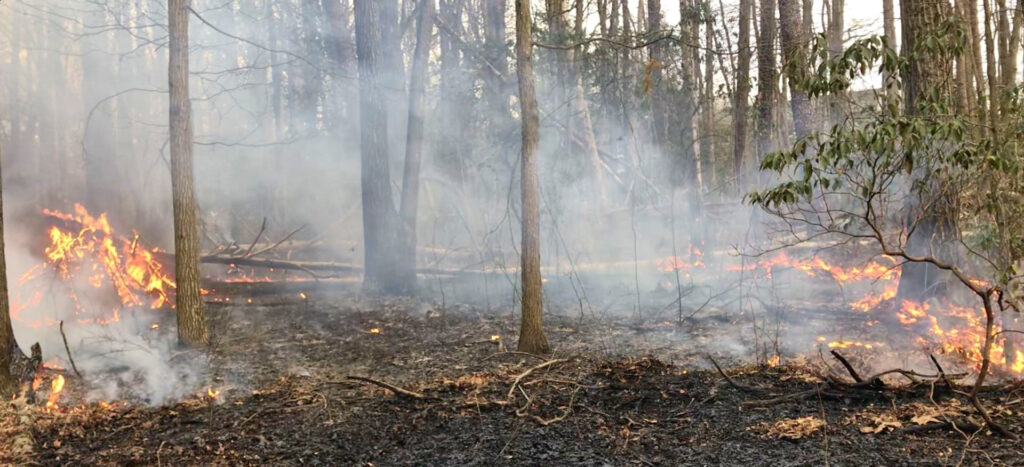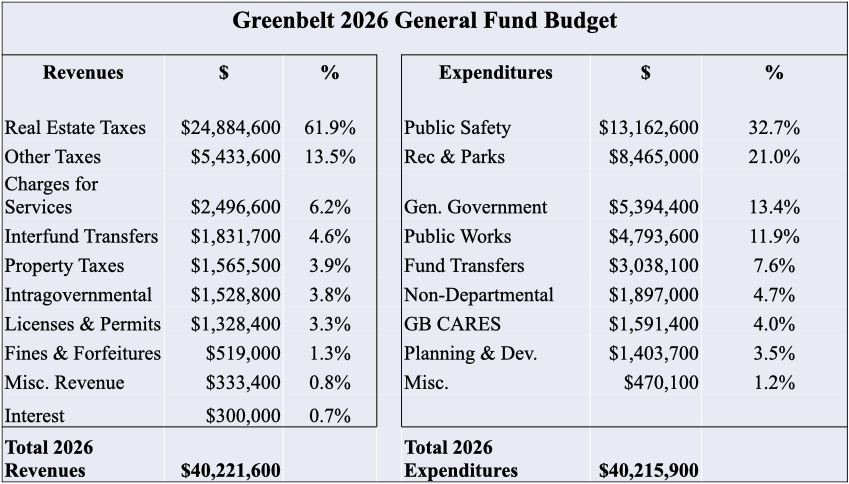Planning work has resumed for the Baltimore-Washington Superconducting Maglev Project (baltimorewashingtonscmaglevproject.com). The proposed high-speed magnetic levitation train would run between Washington and Baltimore, with an intermediate stop at Baltimore-Washington International Thurgood Marshall Airport. This is the first segment of a system envisioned to eventually connect metropolitan hubs and airports in the northeastern U.S. The project, which is proposed by Northeast Maglev, LLC, and being developed by Baltimore-Washington Rapid Rail (BWRR), has strong support from Maryland Governor Larry Hogan and already is partially funded.
The permitting process and development of the project’s draft environmental impact statement (DEIS) had been paused last year by the Federal Railroad Administration, the lead federal agency on the project, and the Maryland Department of Transportation, the project sponsor, while BWRR reassessed and refined the critical design elements. Work on the DEIS resumed in May and will address the changes made by BWRR. The revised schedule now calls for the DEIS to be completed and sent to “participating” federal, state and local government agencies in December 2020, with a public comment period and hearings anticipated for spring 2021. The final environmental impact statement will be completed in winter 2022.
The route is still planned to basically follow the Baltimore-Washington Parkway, but the specific alignment has not yet been selected (route J is on east side of the Parkway, including much of the old airport site off Springfield Road; J1 on the west side, located in the largely forested area between Powder Mill and Odell Roads). The train would run below ground through populated areas then emerge above ground on federal or other public properties. The major change is the addition of two possible sites for a train maintenance facility (TMF) on the Beltsville Agricultural Research Center (BARC), one located to the east of the Parkway, the other to the west; a third possible site is north of MD-198 between the Parkway and MD-32. One site will be chosen, likely depending in part on which alignment is selected.
The maglev project has caused considerable debate among residents of Greenbelt and other communities along the proposed route. Proponents tout the environmental and economic benefits of mass transit. Opponents focus on the disruption – and possible loss of property value – of construction and operation of a train tunnel beneath homes as well as damage to forests and other natural areas. The possible location of a TMF on BARC property will pose an additional concern to Greenbelters who are already concerned about the “industrialization” of BARC by the proposed construction of a Bureau of Engraving and Printing plant there.



